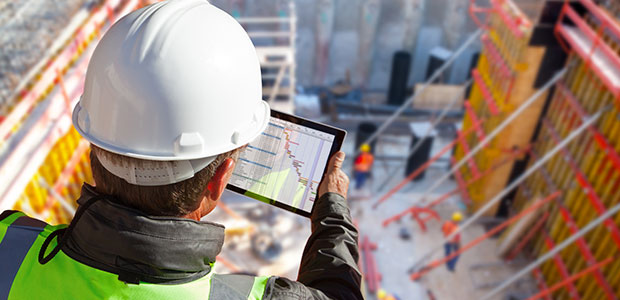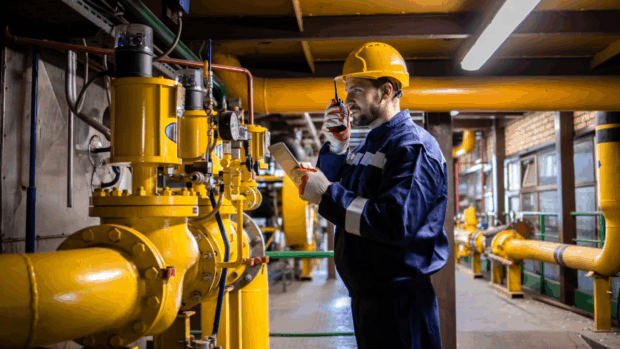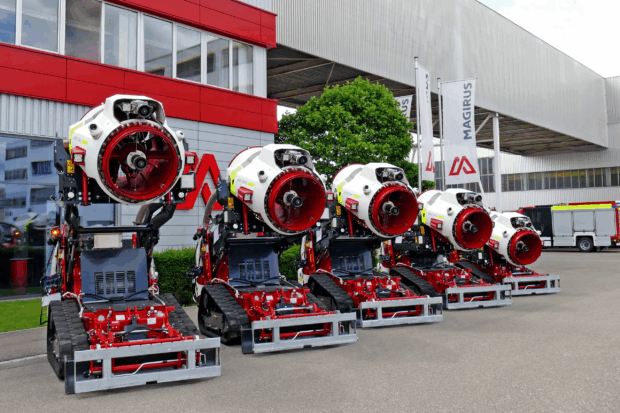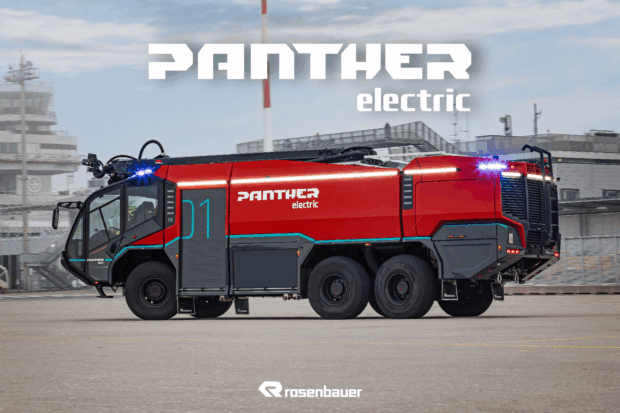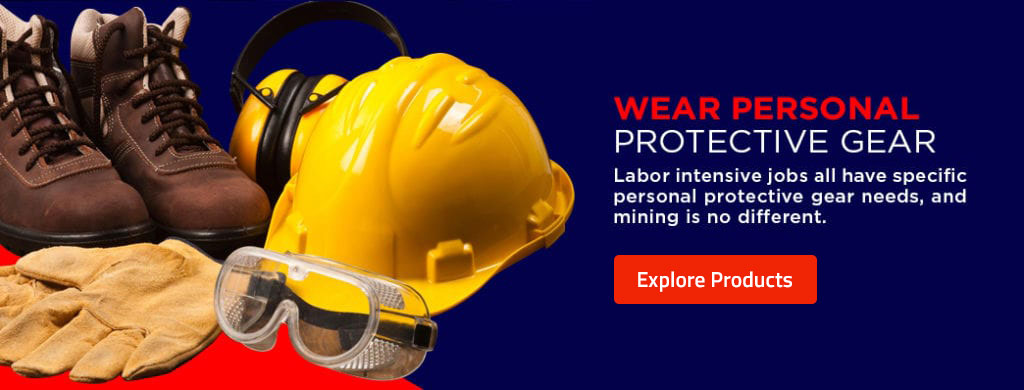Revolutionizing Workplace Safety: How Emerging Technologies are Transforming Occupational Health. In today’s fast-paced and ever-evolving work environments, ensuring the safety and well-being of employees is paramount. With the advent of emerging technologies, businesses across industries are embracing innovative solutions to enhance occupational health and safety practices like never before. From wearable tech to artificial intelligence (AI) and the Internet of Things (IoT), these advancements are reshaping the landscape of workplace safety.
Wearable Tech Leading the Charge
One of the most significant advancements in workplace safety is the integration of wearable technology. Devices such as smart helmets, safety vests with built-in sensors, and biometric wearables are providing real-time data on employee health and environmental conditions. For instance, smart helmets equipped with augmented reality (AR) displays can alert workers to potential hazards in their surroundings, improving situational awareness and preventing accidents. Revolutionizing Workplace Safety: How Emerging Technologies are Transforming Occupational Health.
Harnessing the Power of AI
Artificial intelligence is revolutionizing how businesses approach safety management. AI-powered predictive analytics can analyze vast amounts of data from various sources, including equipment sensors, worker behavior, and environmental factors, to identify potential safety risks before they escalate. By predicting potential hazards, organizations can proactively implement preventive measures and mitigate risks, ultimately reducing workplace accidents and injuries.
IoT: Connecting Safety Across the Workplace
The Internet of Things is creating interconnected ecosystems within workplaces, enabling seamless communication between devices and systems. IoT-enabled sensors and devices can monitor equipment performance, track employee movements, and detect environmental changes in real-time. For example, sensors embedded in machinery can detect abnormalities and automatically shut down operations to prevent accidents, while wearable IoT devices can monitor workers’ vital signs and provide immediate assistance in case of emergencies.
Real-World Applications
Several industries have already embraced these emerging technologies to enhance workplace safety. In the construction sector, wearable devices equipped with GPS tracking and fall detection capabilities are helping to prevent accidents and improve emergency response times. In manufacturing, AI-powered predictive maintenance systems are reducing equipment downtime and preventing workplace injuries caused by machinery malfunctions. Similarly, in healthcare settings, IoT-enabled monitoring devices are enhancing patient safety and improving the well-being of healthcare workers.
Challenges and Considerations
While the potential benefits of emerging technologies in workplace safety are undeniable, there are also challenges and considerations that organizations must address. These include data privacy concerns, cybersecurity risks, and the need for proper training and education for employees to effectively use and interpret data from these technologies. Additionally, there may be resistance to adopting new technologies due to upfront costs and the perceived complexity of implementation.
Looking Towards the Future
As technology continues to evolve, so too will its impact on workplace safety. The integration of emerging technologies promises to usher in a new era of proactive risk management, where accidents are minimized, and employee well-being is prioritized. By embracing innovation and leveraging the power of wearable tech, AI, and IoT, businesses can create safer, healthier, and more productive work environments for their employees.
In conclusion, the convergence of wearable tech, AI, and IoT is reshaping occupational health and safety practices, offering unprecedented opportunities to improve workplace safety and well-being. By harnessing the potential of these emerging technologies and addressing associated challenges, organizations can pave the way for a safer and more secure future of work.



